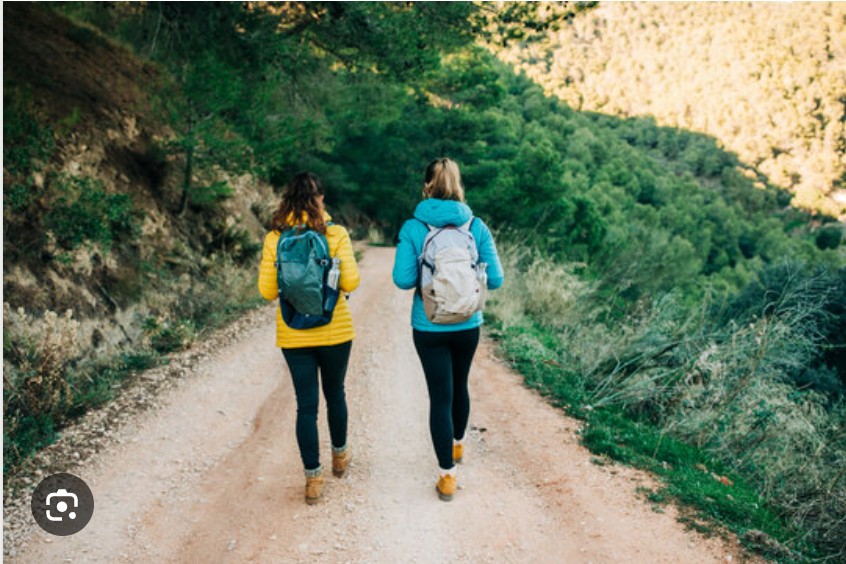
How to Choose an Ultralight Backpack
- admin
- 0
- Posted on
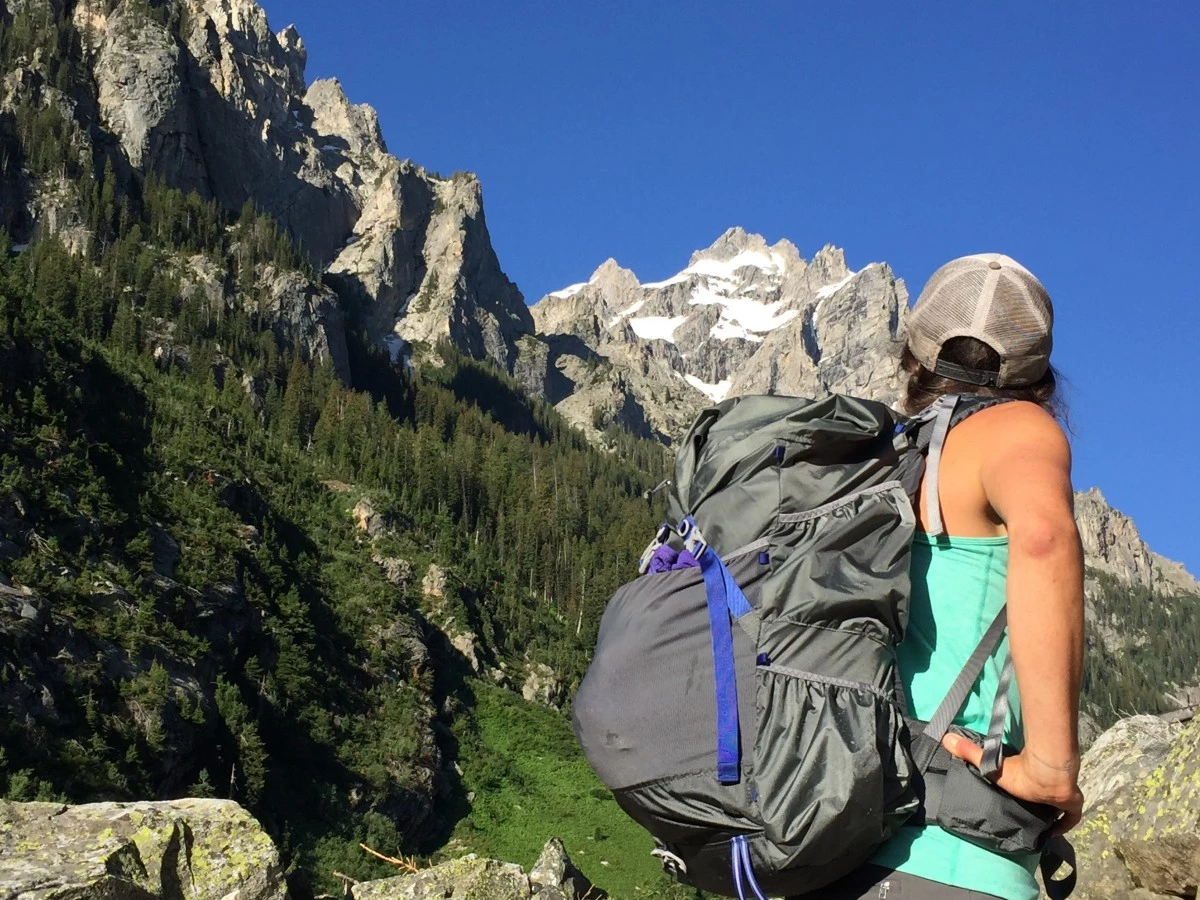
Why Choose an Ultralight Backpack?
Once you experience the freedom of an ultralight backpack setup, it’s tough to go back to lugging around a bulky four- or five-pound pack—even if it has the latest suspension technology. Ultralight backpacks allow you to carry under 30 pounds for multi-day trips, meaning less strain on your knees and more time enjoying the great outdoors. Simply put: we’re sold.
What Is an Ultralight Backpack?
Ultralight packs typically weigh under 2.5 pounds and have a weight-to-volume ratio of no more than 0.7 ounces per liter. Compared to traditional backpacking packs—which usually weigh 4 to 6 pounds and offer around 60 liters of capacity—these packs are a dramatic weight drop. However, this weight saving often comes with trade-offs in storage options and durability.
Who Should Consider Ultralight Packs?
To maximize comfort with an ultralight backpack, you’ll want to pair it with ultralight gear and efficient packing strategies to keep your total load near or below 30 pounds. Most ultralight packs aren’t designed to comfortably carry heavier loads (e.g., 40 pounds), and you likely won’t be able to fit that much gear inside them anyway.
Each manufacturer sets their own maximum capacity recommendations, and we’ve tested packs both within and beyond those limits.
Explore More Ultralight Gear
This review is part of our ongoing series focusing on lightweight and ultralight gear for backpackers and thru-hikers. To complete your ultralight setup, don’t miss our detailed reviews of:
Ultralight Sleeping Bags
Ultralight Tents
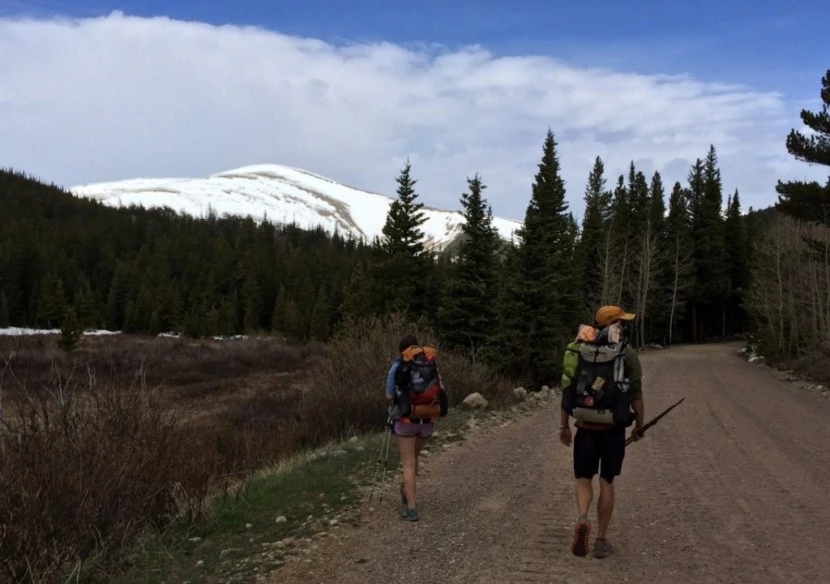
We Put Ultralight Backpacks to the Test
We rigorously tested these packs to help you find the best ultralight backpack for your adventures.
📷 Credit: Brandon Lampley
Transitioning to an ultralight kit can be a challenge—especially if you’re used to carrying traditional gear. That’s why we strongly recommend testing your full kit at home or on a short trip before heading deep into the backcountry. This ensures all your gear works well together and fits within the pack comfortably.
In our hands-on testing, we found that the sweet spot for load weight is between 15 and 30 pounds. Staying within this range keeps the pack comfortable and allows you to enjoy your hike rather than struggle with strain and imbalance.
This also means rethinking the rest of your Big Four: your shelter, sleeping bag, and sleeping pad should all be lightweight and packable to complement an ultralight backpack properly.
The goal of this guide is to provide honest, real-world insights to support your decision-making journey toward the ideal lightweight pack—one that suits your needs, goals, and adventures ahead.
Types of Ultralight Backpacks
When selecting an ultralight backpack, it’s important to understand the different frame systems, as they significantly impact comfort, weight distribution, and load capacity. Most ultralight packs fall into one of three categories:
1. Simple Frame
A simple frame is the most common structure found in ultralight packs and offers a balance between minimalism and support. These frames aren’t tensioned or curved to create space between your back and the pack; instead, they rely on straightforward support elements.
What defines a simple frame:
- Usually a foam back panel paired with aluminum stays.
- The most basic version uses two flat aluminum stays, placed vertically to support the back panel.
- More advanced designs feature U-shaped frames, often made from tubular aluminum, Delrin, or carbon, which improve structural integrity and load transfer.
Key Benefits:
Offers moderate support while keeping weight low.
Prevents torso collapse of the pack.
Helps transfer weight to the hip belt, reducing shoulder fatigue.
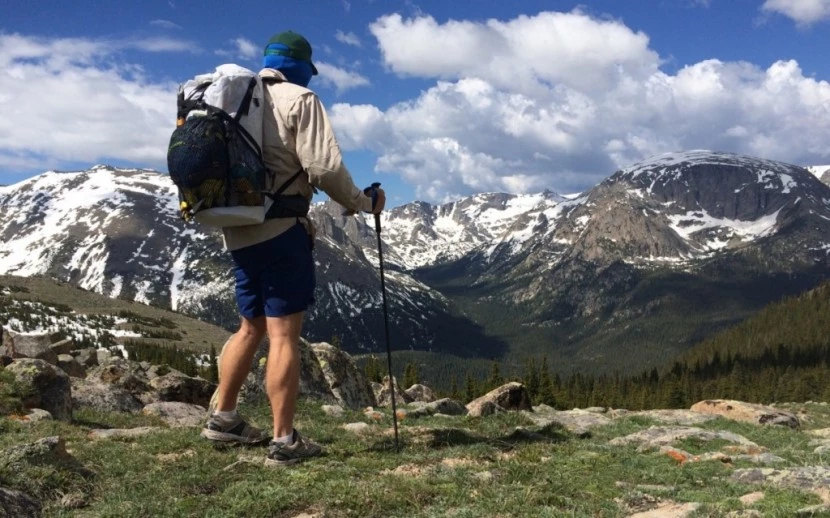
Tensioned Air Frame
Some ultralight packs use a tensioned frame system—a design that not only helps distribute weight efficiently but also enhances ventilation. These frames are slightly more complex than simple frames and are favored by hikers who sweat heavily or frequently hike in warm to hot climates.
What defines a tensioned air frame:
- The frame is pulled taut to create a curved structure.
- This curve forms a ventilated gap between your back and the body of the pack.
- Airflow helps reduce heat buildup and moisture accumulation.
Key Benefits:
Ideal for summer hikes or humid environments.
Provides excellent airflow, keeping your back cooler and drier on long treks.
Offers more comfort under heavier loads compared to frameless or simple frame designs.
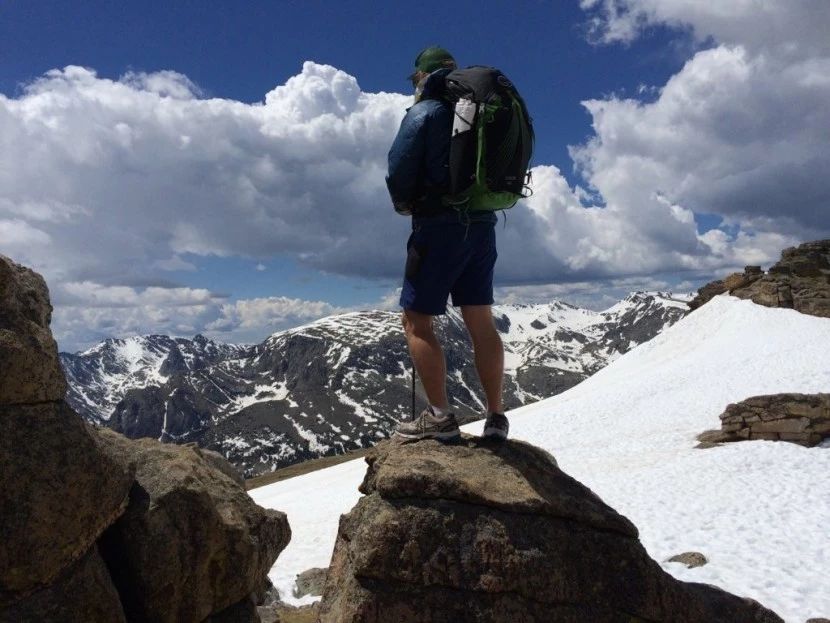
Frameless
Many ultralight enthusiasts opt for even smaller frameless packs when carrying loads under 15 pounds, where a frame provides minimal benefit. However, for this review, we focused on packs designed to carry up to 30 pounds, striking a balance between minimalism and comfort for multi-day trips or less-than-ultralight gear setups.
Best Uses for Ultralight Backpacks
Seems fairly simple, right? These ultralight packs are perfect for backpackers who prioritize covering miles in comfort over carrying heavy gear. If your focus is on efficient travel rather than bringing every camp luxury, you’ll appreciate their minimal design. While the main compartment handles your core load, ample external storage offers quick access to food, layers, and other essentials without having to stop and unpack.
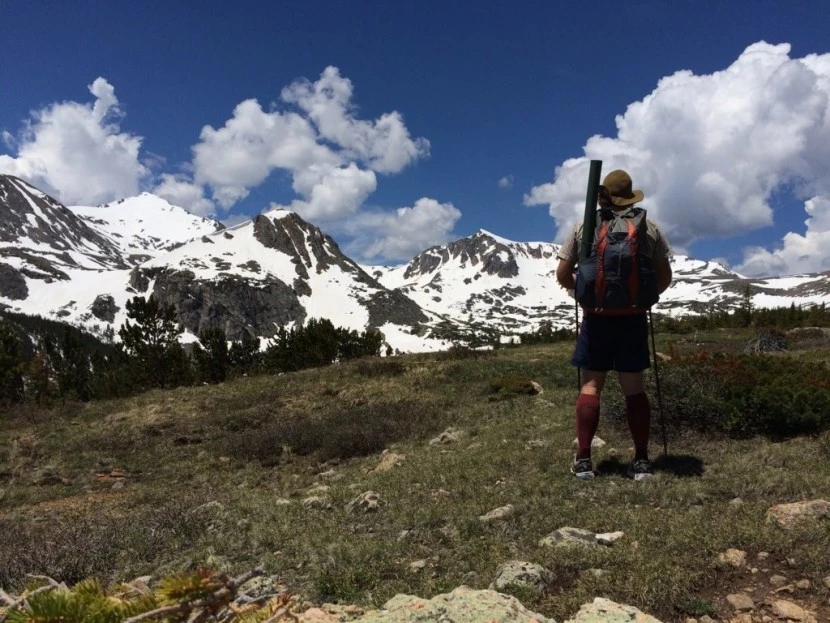
Ultralight Backpacking
Ultralight backpacking is about stripping your kit down to the essentials—carrying only the best gear needed to stay safe, warm, and comfortable while maximizing time and energy on the trail. Most seasoned thru-hikers and ultralight enthusiasts dial in their three-season setups to a base weight between 7 and 11 pounds. On the lighter end, that might mean skipping a stove entirely and cold-soaking meals. On the heavier end, it might include a small cook system, an extra warm layer, or a few well-chosen luxuries like a Kindle or compact camera. Once food and water are added, total pack weights typically fall in the high teens to low 20s. For example, when our lead tester packed for a 250-mile winter section of the Appalachian Trail, his base weight was 13 pounds.
Lightweight Backpacking
We define lightweight backpacking as any backcountry travel with a base weight between 13 and 20 pounds. This range is ideal for novice backpackers who want to cut pack weight without compromising safety—or spending thousands on gear. Many first-time thru-hikers build kits in the 13- to 15-pound range, and it’s entirely achievable on a reasonable budget. With food and water added, your total pack weight will typically land around 25 pounds. For this style of hiking, a well-designed ultralight pack with a simple or tensioned frame offers the right balance of support and weight savings.
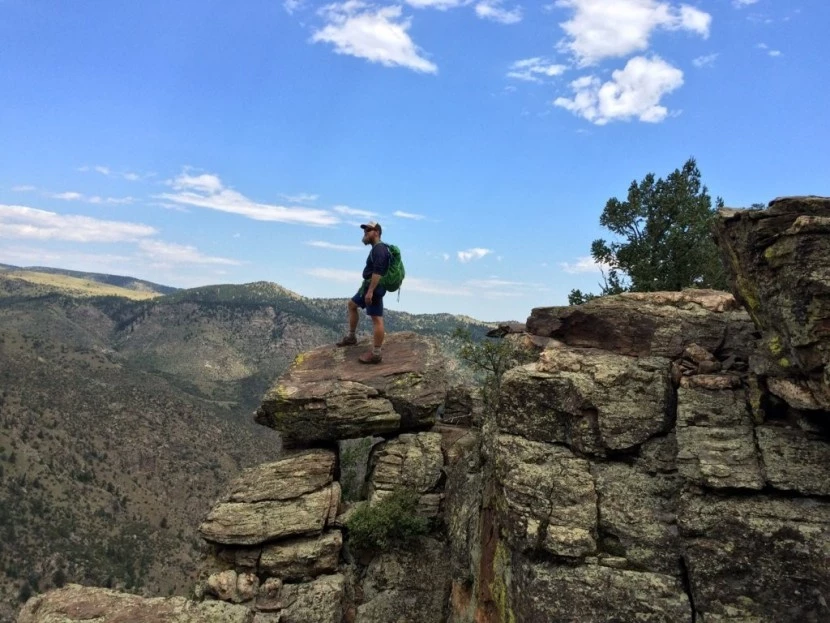
Thru-Hiking
Thru-hiking—such as tackling popular long-distance trails like the Pacific Crest Trail or Appalachian Trail—is essentially an extension of ultralight and lightweight backpacking, but stretched over months rather than days or weeks. While paring down your kit to the lightest safe weight is crucial for comfort during long days on the trail, it’s equally important to have the capacity to carry heavier loads when necessary. For example, in sections of the Mojave Desert on the PCT, hikers may need to carry six or more liters of water for several days. Additionally, on extended routes through remote terrain, it’s common to carry a week’s worth of food or more.
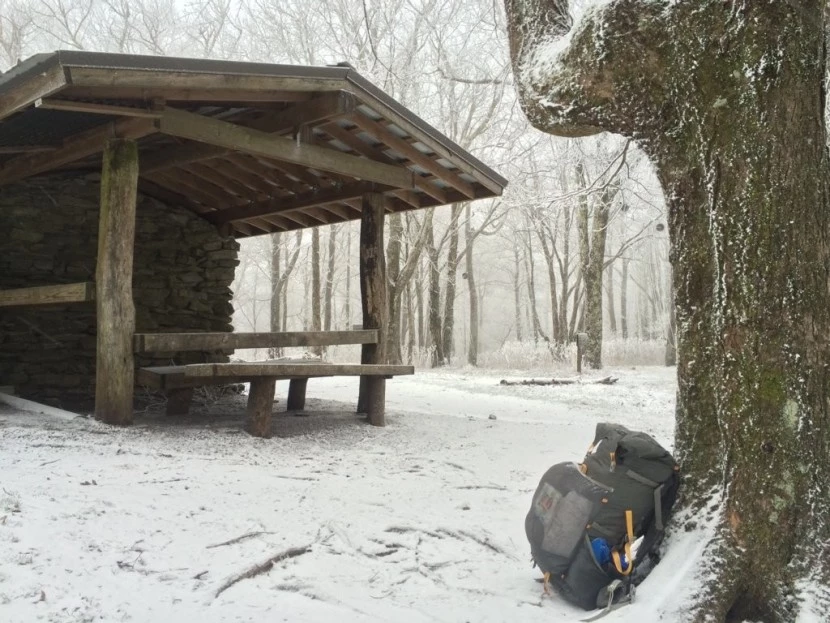
Backpack as Part of a System: The Big Four
When building your backpacking kit, we often refer to the “Big Four”: your shelter, sleeping bag, sleeping pad, and pack. For most hikers focused on carrying light loads, these four items make up the heaviest portion of the gear you carry. The critical measurement to consider here is base weight — the total weight of your equipment excluding consumables like food, water, and fuel.
Lightweight System
A lightweight backpacking kit is generally defined as having a base weight of 20 pounds or less. It’s common for thru-hikers, both novice and experienced, to start their big trail journeys with base weights between 13 and 15 pounds. A solid goal is to keep the combined weight of the Big Four items at no more than eight pounds.
Ultralight System
Ultralight backpacking is typically considered carrying a base weight of 12 pounds or less. Our lead tester, even in winter, manages a 13-pound base weight that includes a few heavier “luxury” items. Most ultralight testers aim for a three-season base weight between seven and nine pounds. For just the Big Four, five pounds is generally accepted as the upper limit.
The Big Questions: What Volume?
Two major trends have pushed both thru-hikers and backpackers to carry smaller backpacks than in previous years. We carry less gear overall, and the gear we do bring is often lighter, multipurpose, and more advanced technologically. Years ago, it wasn’t unusual to lug a 65-liter pack loaded with 40 to 50 pounds of gear for a weeklong trip. Today, that’s rare among serious backpackers.
Most ultralight hikers prefer packs with a main compartment volume around 40 to 50 liters, with an additional 5 to 10 liters of external storage. Yet, many still opt for slightly larger packs to accommodate bigger food loads when necessary or to add more gear for winter trips. Our lead tester, for example, carries a seven-pound base weight during the warmer months but scales up to 13 pounds for winter adventures.
For those who want more flexibility, several ultralight backpacks offer expandable capacity, allowing you to carry a week’s worth of food or compress for shorter outings.
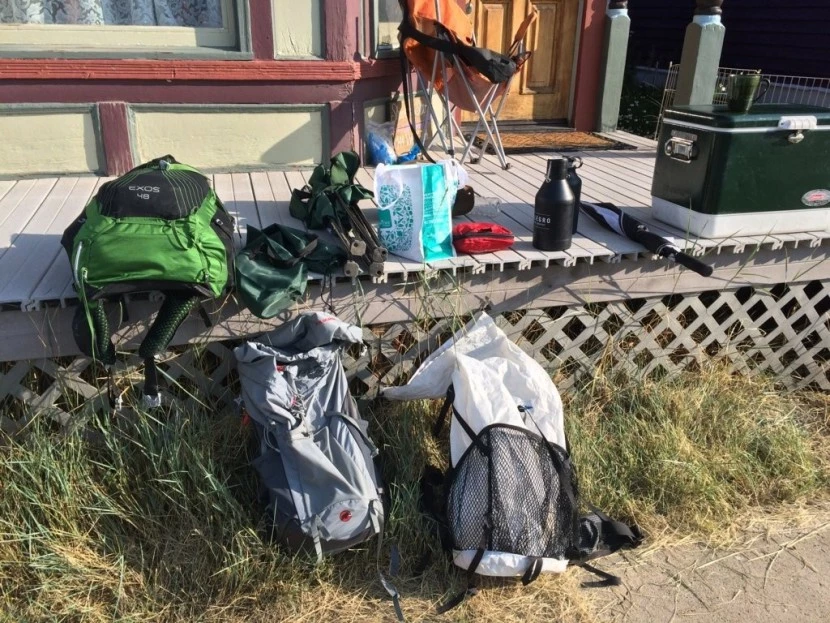
Need to Carry a Bear Canister?
Your backpack volume choice may depend on whether you need to carry a bear canister. If you’re hiking in California — for example, on the Pacific Crest Trail (PCT) or the John Muir Trail (JMT) — you’ll want a pack that fits a bear-proof canister, like the popular BearVault BV500. These canisters are mandatory in many parts of the Sierra Nevada to keep bears away from your food stash, so always check local regulations before heading out to avoid any unwanted wildlife encounters.
While smaller bear canisters exist, they can be tricky to pack a week’s worth of food, cooking gear, and toiletries into those. Bear canisters are also becoming common — and sometimes required — on sections of the Appalachian Trail from Georgia to the Great Smoky Mountains and in parts of New York and New Jersey.
Do You Want a Lid?
Another factor when choosing an ultralight backpack is whether you prefer a lid (also called a “brain”). This top pocket traditionally adds storage and helps organize gear but also adds weight relative to its volume. Many lightweight pack makers skip the lid entirely to save weight, though some offer removable lids you can detach on longer hikes to lighten your load or keep for convenience on shorter trips.
An adjustable lid is great for securing bulky, lightweight items like a closed-cell foam sleeping pad or even a bear canister. Many packs include plenty of straps and lash points on the outside for similar uses, but a lid often provides a more secure and stable way to carry these items. For example, if you’re carrying climbing rope, a lid usually handles that better than side or bottom lash straps.
How Much Weight Do You Usually Carry?
Ultralight backpacks come with recommended maximum load limits to avoid damage and discomfort. When shopping, think about how much weight you typically carry to choose a pack that offers enough support and comfort for your needs.
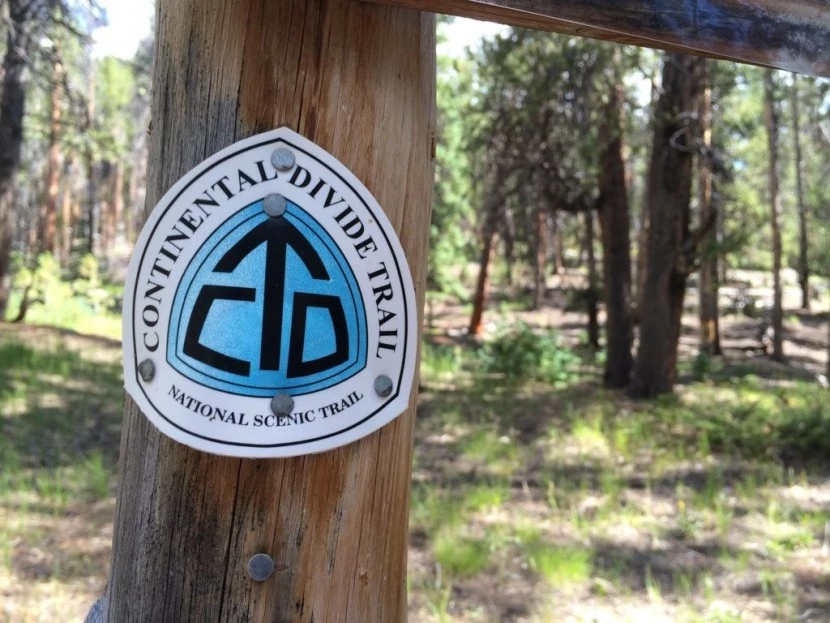
That said, you may not know how much weight you will usually carry, or you may plan to carry light loads sometimes and medium loads other times. In this scenario, you have three options: 1) Choose a do-it-all pack that carries both sizes comfortably but weighs a little extra. 2) Buy two separate packs to use with light loads and medium loads. 3) Decide that you’re willing to sacrifice comfort when carrying either lighter or heavier loads.
Most of our testers with many thousands of miles under their feet prefer the compromise of choosing a pack with a frame that is about half a pound or so heavier than the lightest available. Our favorite packs were the ones that were very comfortable with both light loads and medium loads. Our testers were happy to carry a little extra weight for added comfort when their packs were loaded into the 20s.
Other Considerations
There are plenty of additional features to consider when choosing an ultralight backpack. Some depend on where you live or plan to hike, so not everyone will need all of them.
Waterproof Cuben Fiber Packs
For hiking in consistently wet or rainy areas, some ultralight packs use waterproof materials like Cuben fiber (also known as Dyneema). These packs offer superior water resistance compared to typical nylon fabrics. However, we still recommend using a pack liner and rain cover, along with waterproof stuff sacks for your most sensitive gear, like your sleeping bag and down jacket. Even the best water-resistant pack may not fully protect items stored in external pockets.
Airflow Suspension Systems
If you tend to sweat a lot—whether in hot weather or just from exertion—look for packs with a tensioned frame or mesh back panel that promotes airflow. This helps keep your back cooler and drier by allowing ventilation between the pack and your body.
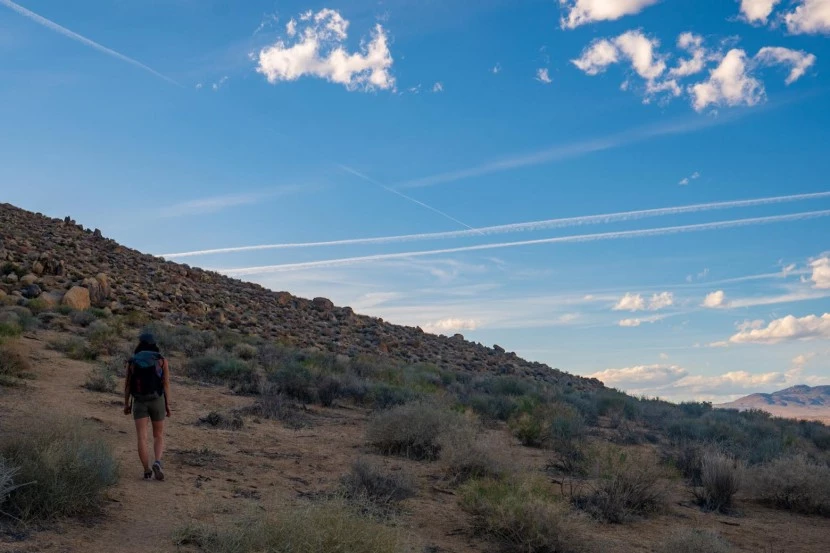
Conclusion
Armed with this information, we hope you’re now better equipped to find the ideal ultralight backpack for your next adventure. Remember, the backpack is just one part of a larger system—including your sleeping pad, sleeping bag, and shelter. Considering the Big Four together will help you fine-tune your base weight as you embark on the ultralight journey. While these packs perform best when paired with other ultralight gear, choosing the right bag is a great first step toward lighter, more enjoyable hikes. Happy trails!